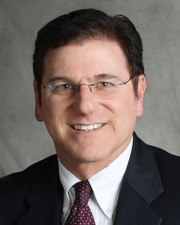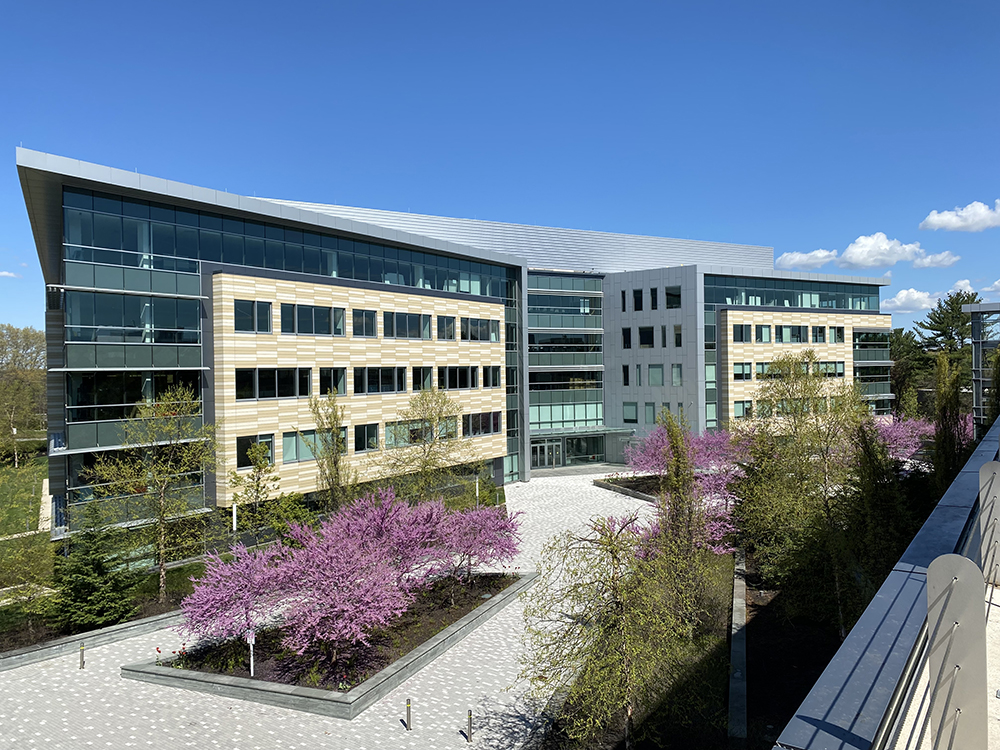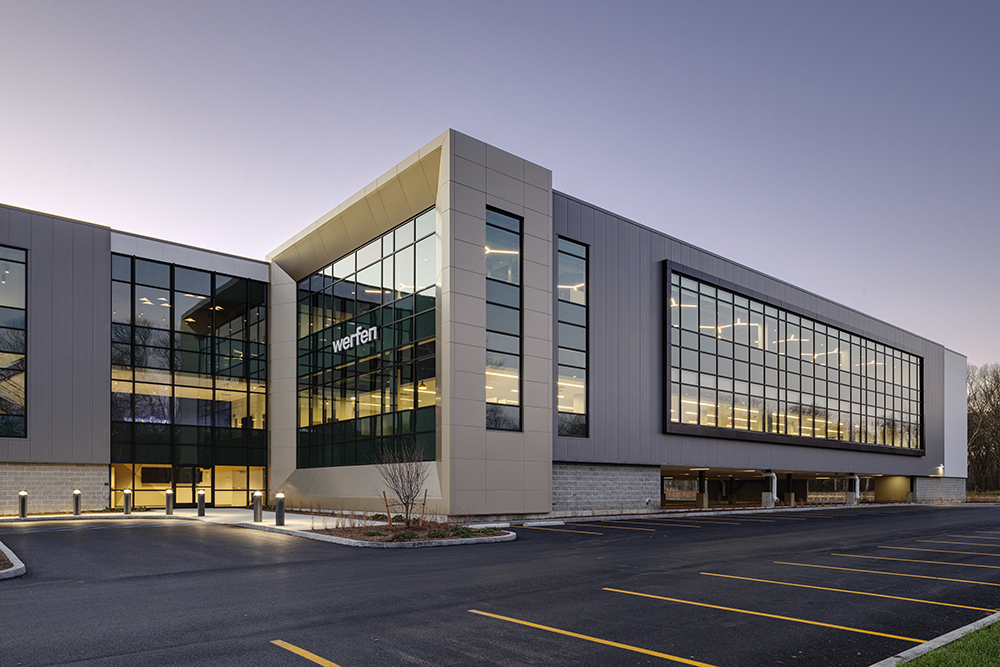There is a huge shortage of product available to first time homebuyers in the city of Boston - by David O'Sullivan
 David O'Sullivan, O'Sullivan Architects
David O'Sullivan, O'Sullivan ArchitectsAs we approach Election Day the presidential race seems to be the top news story. No matter who wins the election and whether Democrats or Republicans control the legislature, there are some things that will not change. Here in Boston we are experiencing huge economic growth and the building industry is benefitting. We have a very diversified economy and attract international investors. We have great educational institutions and medical research facilities. All this makes Boston a good place to do business.
The national economy is still growing but not at a healthy pace as one would expect. Economist Elliiot Eisenberg attributes the weak GDP growth to a few factors, slowing population growth, education attainment is plateauing and corporate spending is feeble. Consumer spending is increasing as is amount of mortgage debt which have helped grow the GDP. The good news is that the housing market is finally showing signs of first time buyers increasing. According to a recent Zillow survey nearly half the sales in the past year were to first time buyers. This suggests that last year’s growth in home sales came from couples largely in their 30’s. This gives the industry hope that the 18 to 34 year old millennials will support the housing market growth. Home ownership among young adults is at its lowest level since the government started tracking it in 1982. These new home buyers have a different demographic than past buyers. Surveys show that Latinos and Asians are making gains in the home ownership and those groups make up a larger share of millennials.
Locally in Boston we are seeing a shift to more “for sale†housing. A few years ago no one was developing any for sale product especially in or near the city center, our clients are proposing developments which include condominiums. Even some of the larger projects in Boston now have condominium components. You see this in the Seaport, Downtown and especially in areas like Assembly Row and The Ink Block. In the suburbs, long the bastion of owner occupied single family housing, we are seeing a return to condominium buildings with 20-50 units. These types of projects were just not thought of since before the recession. Developers who were active in that market segment got burned so badly and have just recently felt comfortable in the strength of the market to jump back in. We have been working on 3 and 4 story condominium buildings for clients which are just now hitting the market with more in the planning stages. As the first time buyer moves into the housing market in greater numbers, the Boomers now see an opportunity to sell their homes and move into these condominiums which allow a more carefree lifestyle. Millennials who do not want to live downtown or who cannot afford the high prices are looking at these developments as well, trying to get into homeownership and the potential price appreciation potential.
There is a huge shortage of product available to these first time buyers. Much of this may stem from the fact that move-up buyers have held on to their first home. The recession brought down the value of their purchase to a point where they did not want to sell at a loss so they became landlords. Studies show it is not just the demand side which has kept the purchase activity of would-be first time buyers. Investors during the recession snapped up many bargains which were largely entry level housing and rented them. These remain rentals to this day, constricting the supply for first time buyers.
So what does the future hold for Boston’s housing market? The mayor’s 2030 plan is trying to address the supply issues and the affordability problem. There has been a huge increase in permitted units under the plan. As costs for land rise, developers are moving to less pricy neighborhoods within the city and areas outside Boston to develop housing that is more affordable for everyone. The same plan has a component for colleges to increase their student housing beds. It calls for 50% decrease in students living off campus by 2030. This will reduce pressure on rents for the older more affordable housing stock in the city. This reduction in students living in off campus housing represents another opportunity for developers to buy and renovate units but we will leave that discussion for the future.
David O’Sullivan, AIA, is the president of O’Sullivan Architects, Inc., Reading, Mass.
Newmark negotiates sale of 10 Liberty Sq. and 12 Post Office Sq.


Five ways to ruin a Section 1031 Like-Kind Exchange - by Bill Lopriore

Make PR pop by highlighting unique angles - by Stanley Hurwitz

How COVID-19 has impacted office leasing - by Noble Allen and John Sokul








